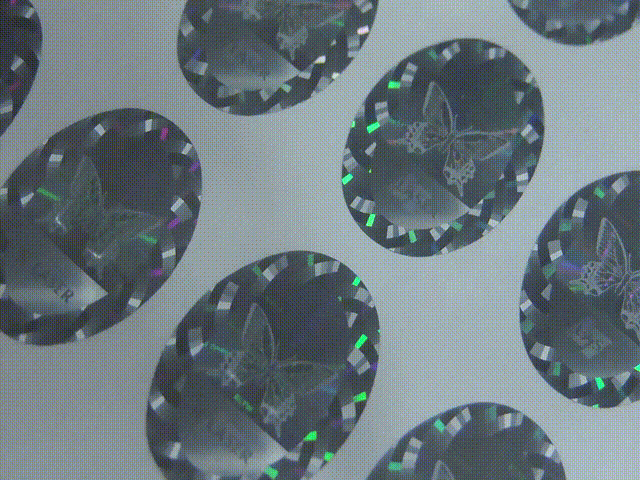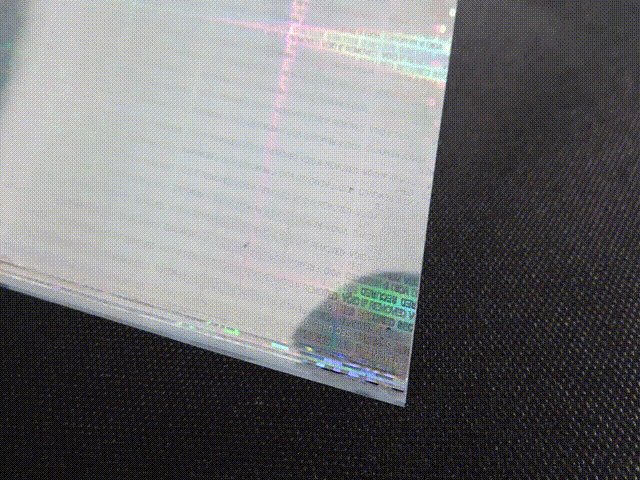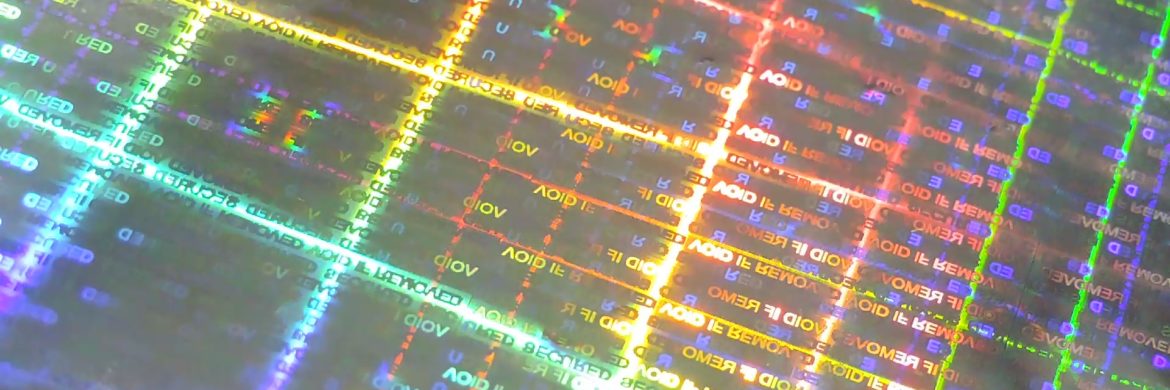Hologram; it is a well-known technology that has solidify security for multiple products. From legal documents to printed money, hologram has been a strong deterrent for forgery, tampering, and theft crimes all around the globe. With its difficulties to copy and mimic along with the multiple layers of features to strengthen its security, hologram has a long history in providing secure and beautiful visuals to its users.

Although the word hologram has been used and defined differently by many others of various industries, the ones that most commonly used are holographic films/sheets that are found in many security packaging and documents today. What is a hologram? A hologram is simply a three-dimensional image recorded into close to a two-dimensional sheet.
The technology behind the hologram is using a concept to etch the image into the film where light waves are caught and reflected back to our eyes at multiple view angles. This gives an impression of a 3D image while looking at it under a light souse. There are multiple ways to make holograms which are E-beam lithography, Dot Matrix, Volume hologram, hole arrays, KINEGRAM, and many more proprieties methods.
“Hologram is regarded as a high security feature as it not easily duplicated…”
Hologram is regarded as a high-security feature as it not easily duplicated without proper equipment. As more time has passed and more technological advances made, copying hologram has been made easier. There are machines in the market were they can replicate the hologram itself.
So how does it stop modern counterfeiters today as the technology is getting more advance and available? Hologram manufacturers around the world has relentlessly developing more leading technologies that reducing the capacity of others to copy their holographic designs along with other deterrent making it difficult to fake. Features such as registered hologram equipment which place another holographic register on the holograms and strengthening its security against counterfeits.
Another way to improve on the holographic prowess for security is adding more features to the design itself. There are features where the colors at various viewing angles, micro/nano text which is hidden in the hologram, moving pictures or hidden images when exposed under certain light/laser, stereogram where recording of many images, Lens like reflection, Simulated 3D Depth, Multiple images that view ant different channels, Dynamic Images, Hidden Animated Image where moving images are revealed when certain light waves are projected at a single spot and Stereo-Relief where the hologram is embossed. Some companies can even place reactive inks, security fibers, and other features on top of the holograms.

With multiple features added to the hologram along with other treatments of the film, duplicating such holograms can be rendered to a halt. Counterfeiters would have to invest heavily to buy machines in order to come close in the likeness to the hologram. Furthermore, hologram companies are developing and using in-house software to develop the design of the hologram which make one hologram not the same as others even with the same machine was used.
“Holographic cap seal liners bolster the security of the product which protects producers from influx of fake products….”
By applying to packaging and other anti-counterfeiting methods, a hologram is a strong addition for brand owners and product makers all around the world. Holographic cap seal liners bolster the security of the product which protects producers from the influx of fake products and ensuring customers that the products that they are supporting are original and safe. In essence, cap seal liners with holographic security features can be an all-in-one solution for many companies with its endless design possibilities.

Photo credit by K-Laser
